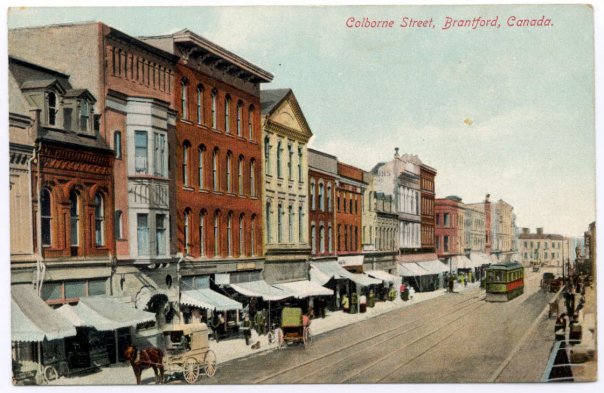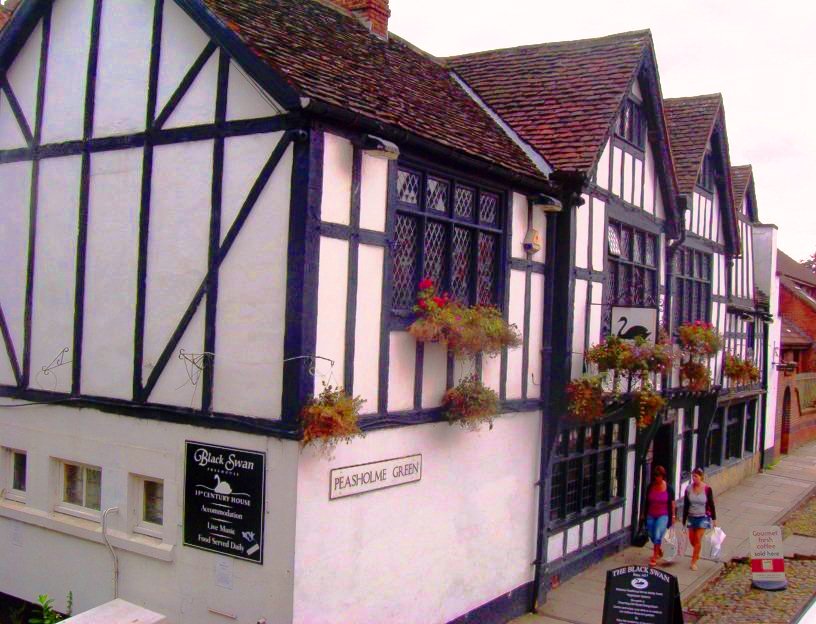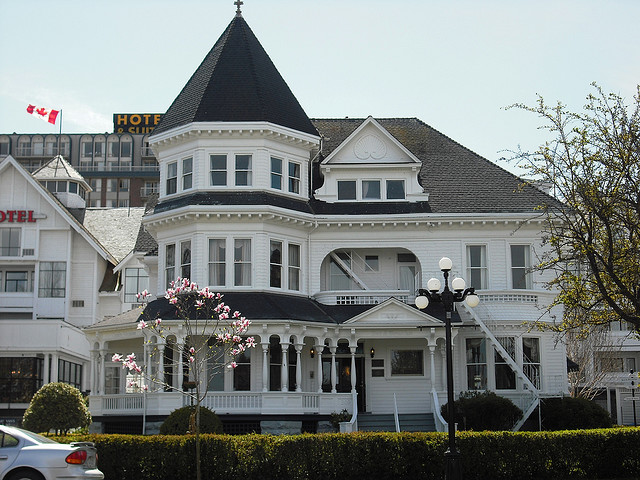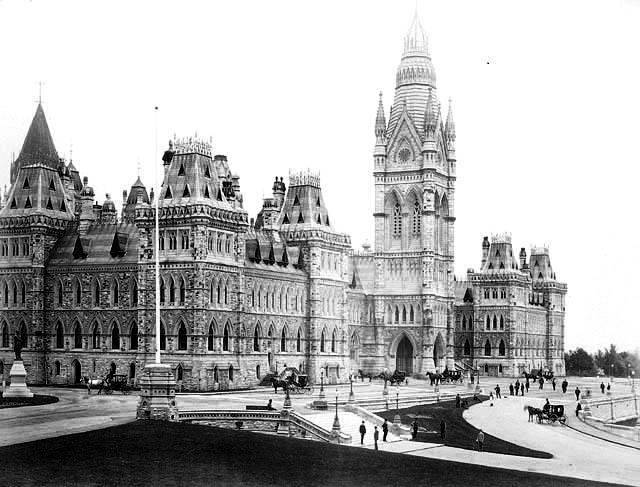
Photo Credit: Activehistory.ca
For those of you who are involved in municipal heritage planning or preservation, no matter where in Canada you are, you have surely heard about the demolition of 41 historic buildings along Colborne Street in Brantford, Ontario. This was a demolition of monumental proportions because of the history and heritage lost which affects not just Brantford history, but Canadian history and heritage. Why is it such a hot debate? Among these buildings were some of the most complete pre-Confederation buildings in Canada as well as the office of Alexander Graham Bell and one of the first grocery stores in Ontario. They ranged in architectural style from Italianate, Georgian Gothic, Victorian and Edwardian. It is not necessarily the loss of these architectural styles, or the personal history in these buildings, that holds the key to future appreciation of built heritage structures. It is, however, the loss of potential re-adaptive use. It must be acknowledged that these buildings, for the most part, had been neglected over the last couple of decades. Yet that doesn’t mean they could not have been revitalized and brought back to life through a marriage of past styles and modern functions to create a new environmental and corporate friendly existence.

Photo Credit: Brantford Heritage Committee. Reprinted in the Natonal Post, June 8 2010; nationalpost.com
The City of Brantford took control of the block of buildings along south Colborne Street in 2009 and applied to Ottawa for a Federal stimulus package worth $1.38 million to tear down the structures. There was no plan at that time as to what to do with the cleared site other than use it as a source of future economic development. Heritage groups, individual advocates and national foundations did what they could to stop the project. The project was halted briefly while City Council discussed the matter. In the end, demolition went ahead on June 8, 2010.
One positive thing that has come from this event is more and more city mayoral candidates in Ontario are being asked by the public their views on heritage preservation in their cities. In fact, similar questions are being asked all across Canada this fall as Colborne Street is not an isolated case. Every part of Canada sees some sort of significant loss of heritage sites and/or buildings every year. On October 7th, 2010 the Brantford Expositor published a story about how Brantford mayoral and ward councilor candidates are facing the public’s questions about Colborne Street and their views about heritage preservation and adaptive re-use of historic buildings. Heritage preservation and adaptive re-use is becoming an important topic of debate as many citizens are becoming more aware of their community’s history as well as the positive economic impact of adapting older buildings for new purposes.

Photo Credit: Activehistory.ca
There is still a long way to go in educating the politicians and the public in general. But at least debate is a step in the right direction. If you would like to read the full Expositor article, please click the link below.
Expositor Article by Michael-Allan Marion












Recent Comments